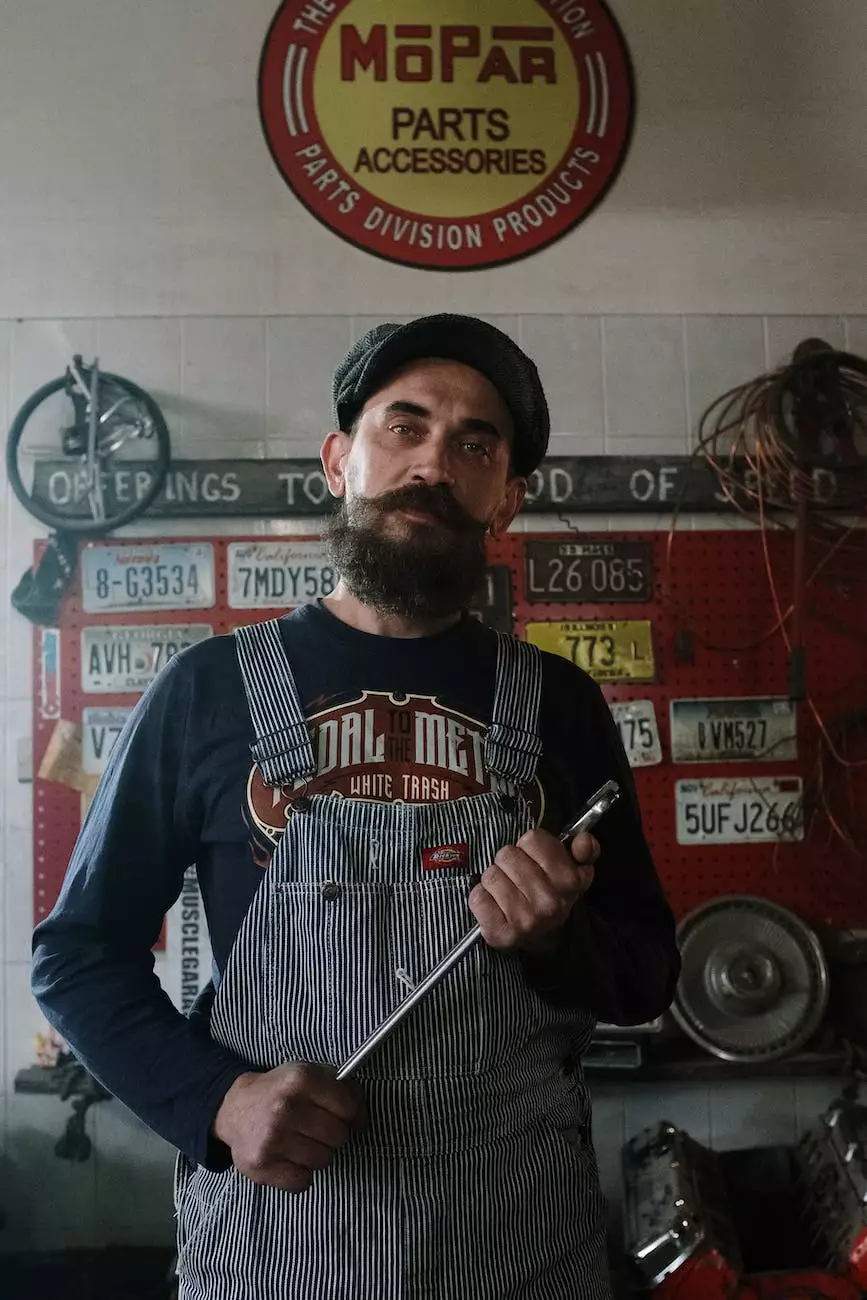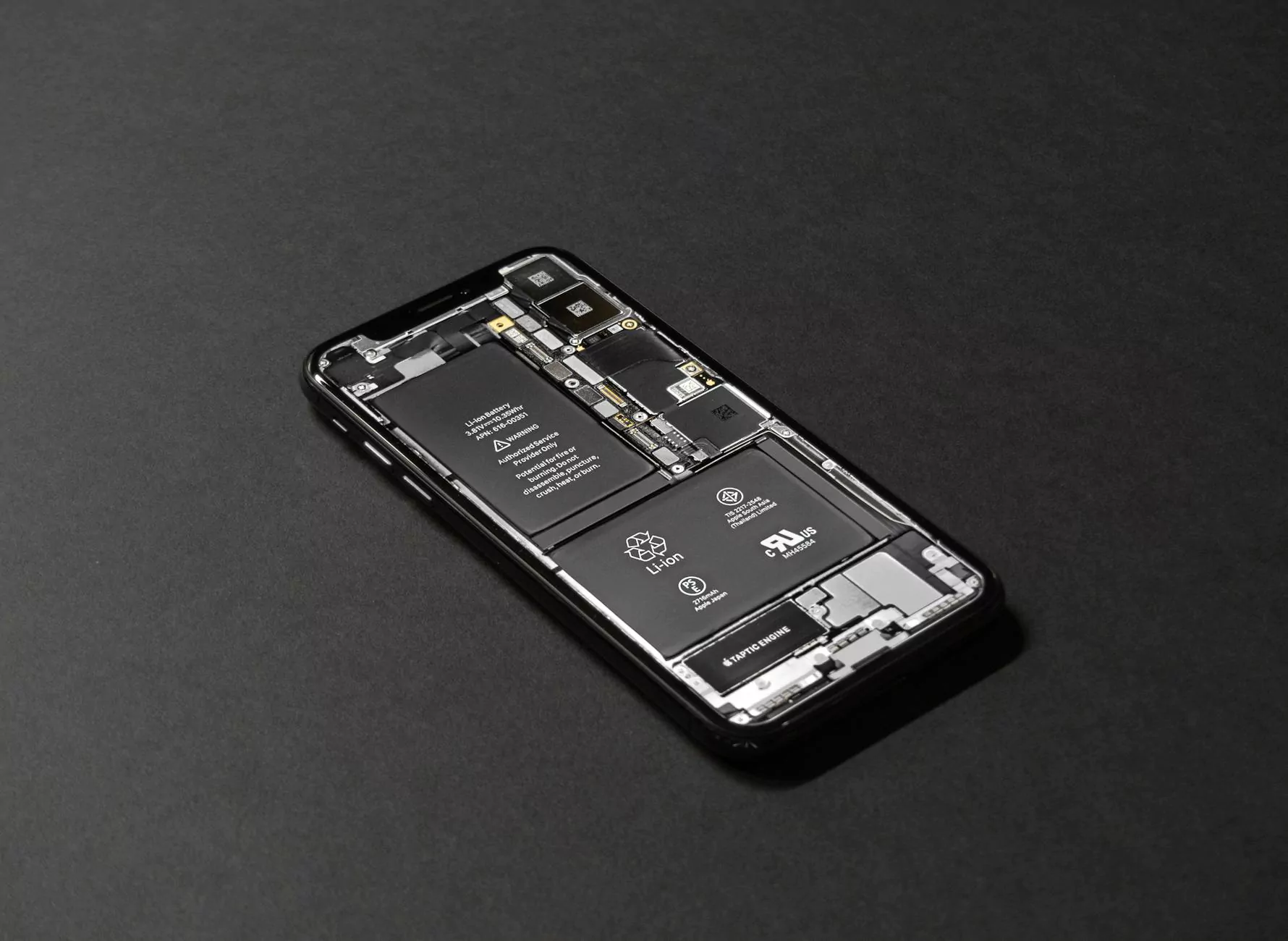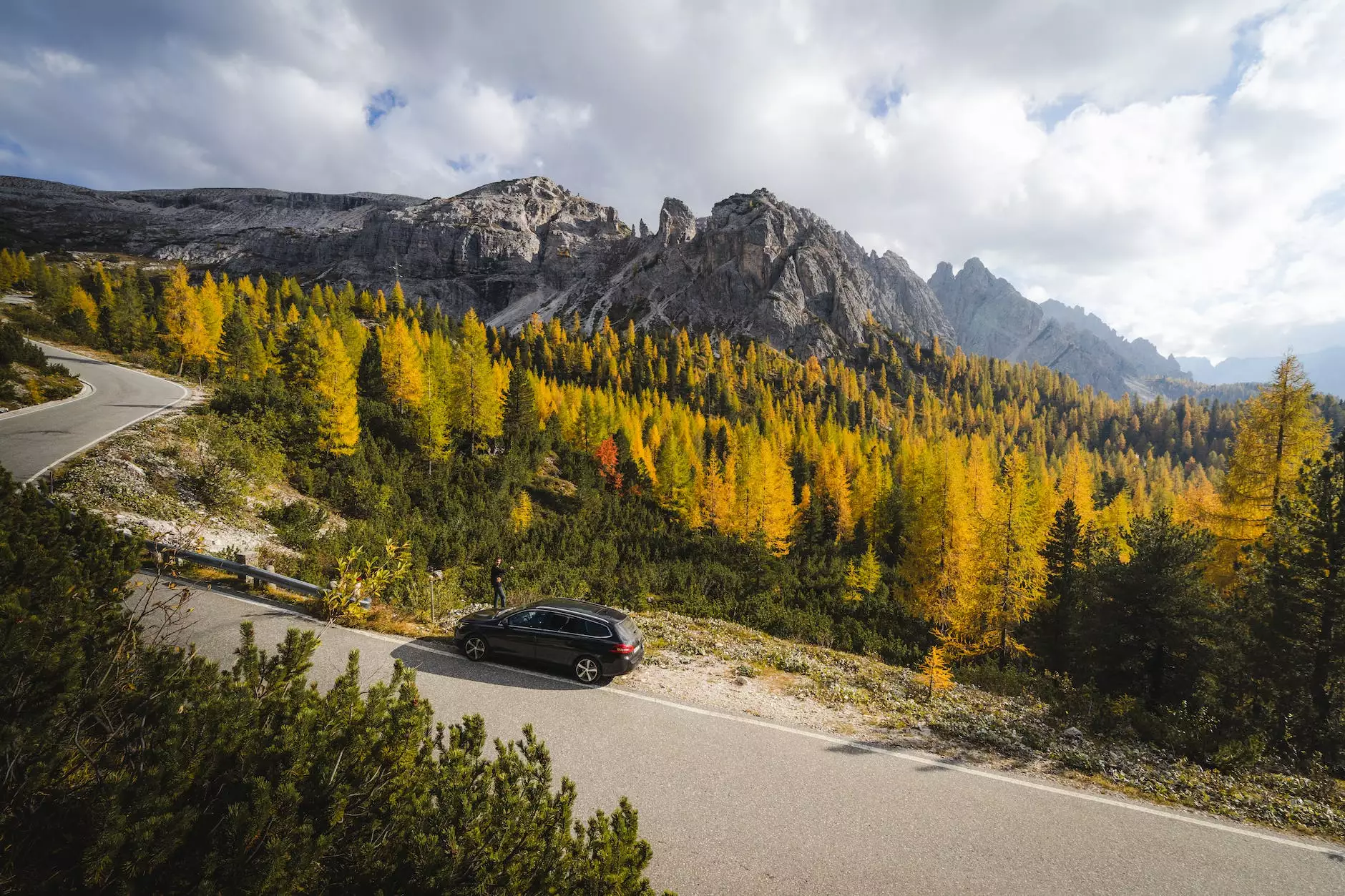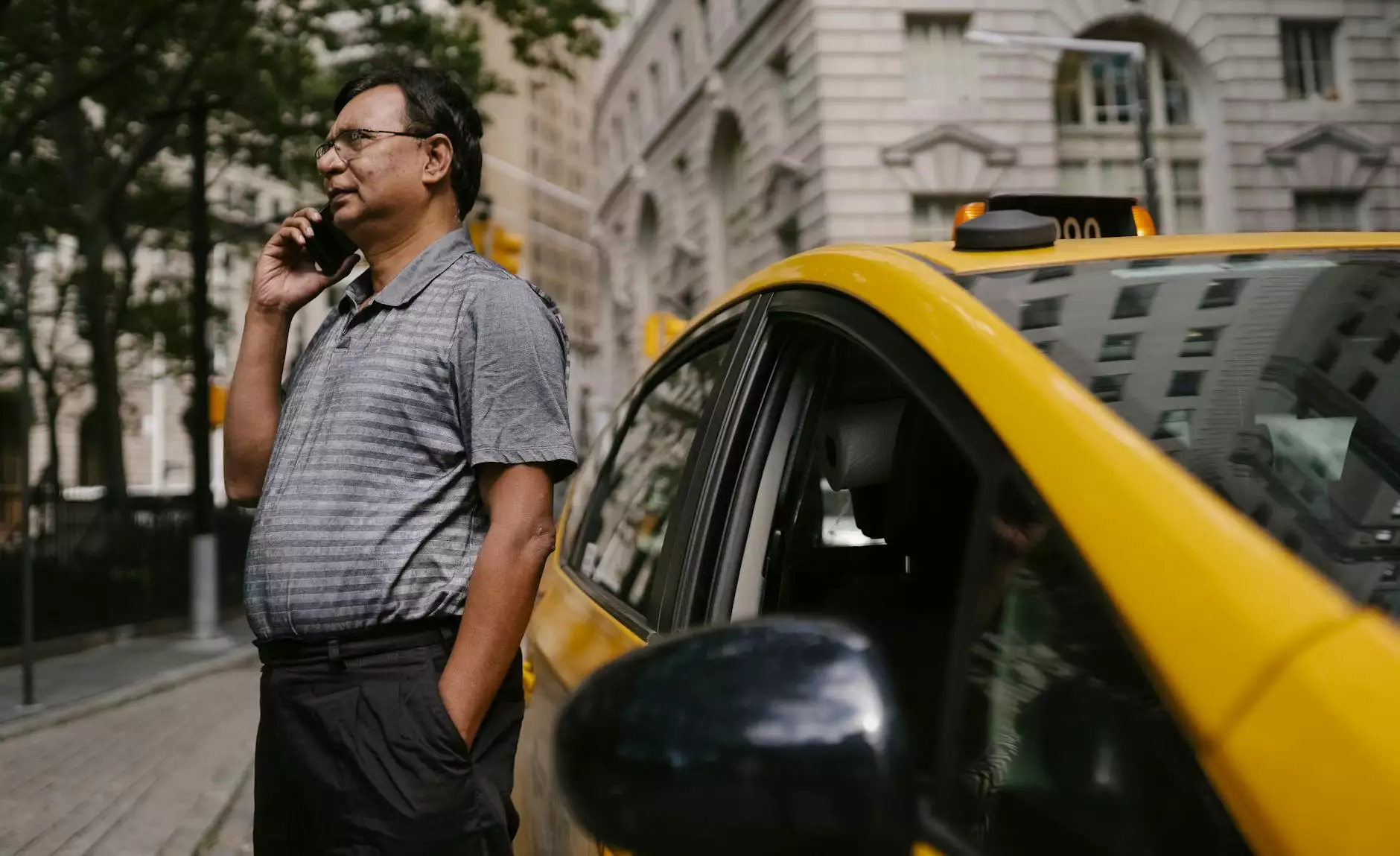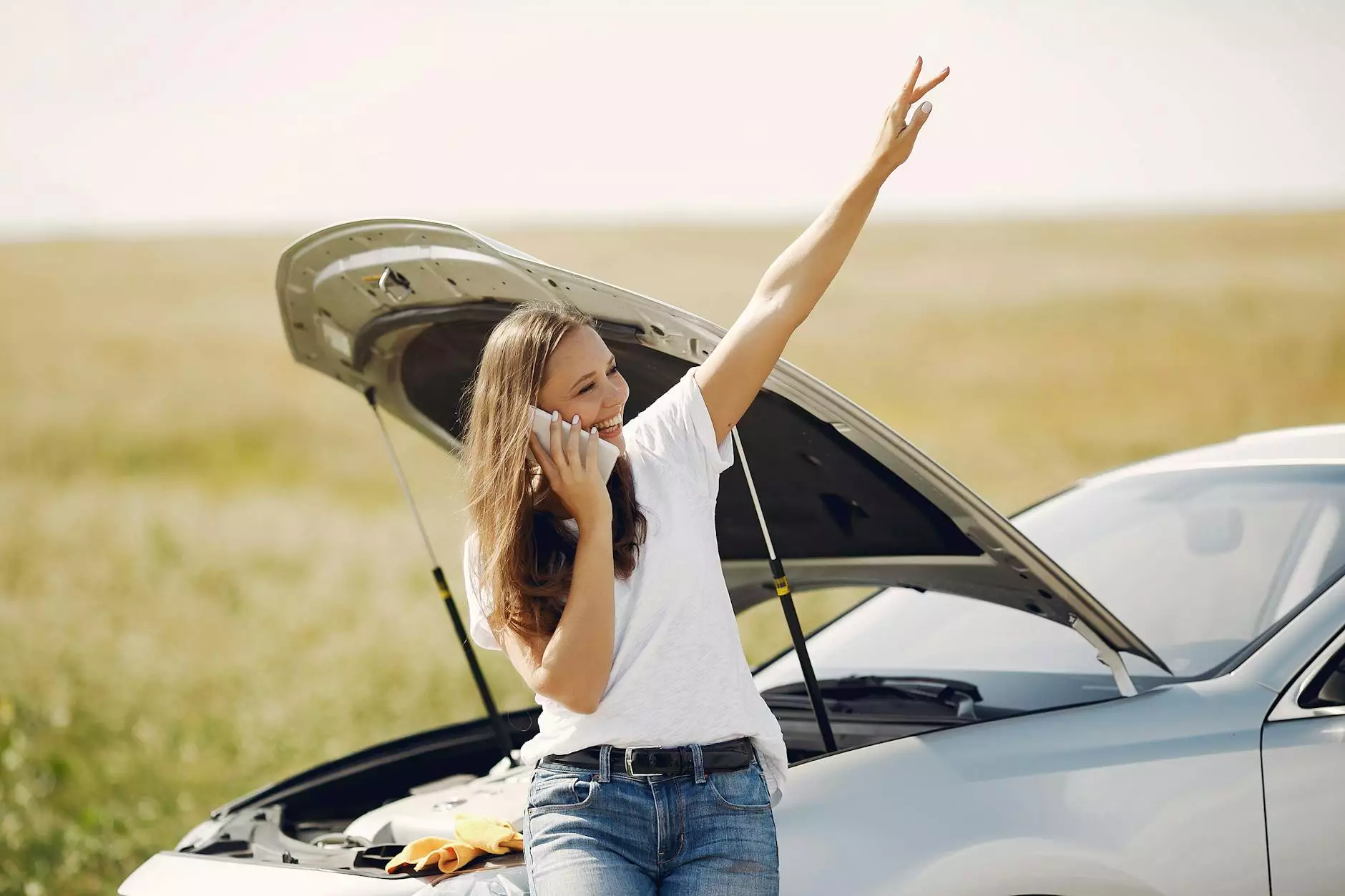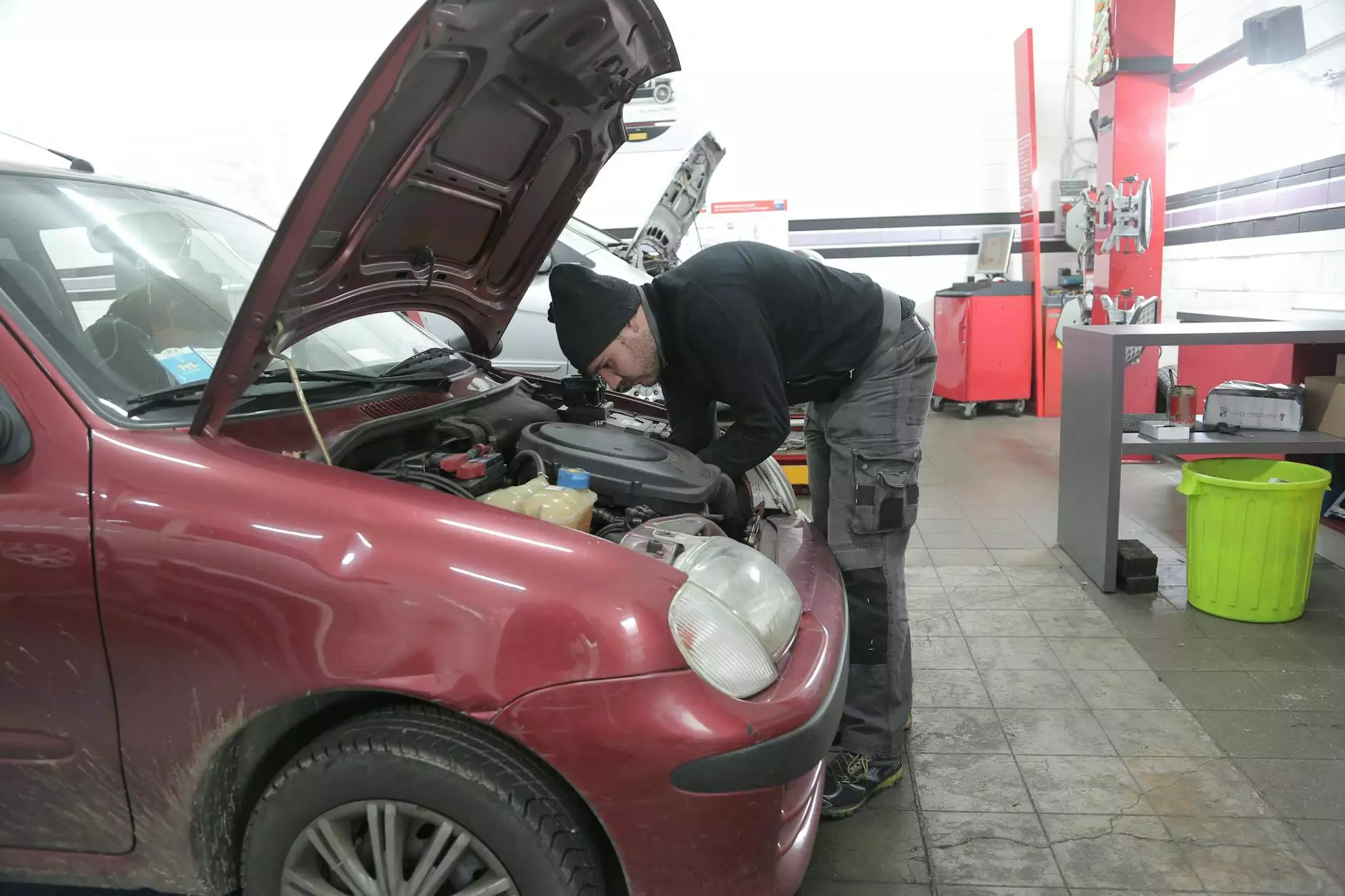THINGS TO AVOID WHEN PHOTOGRAPHING YOUR CAR'S DAMAGE
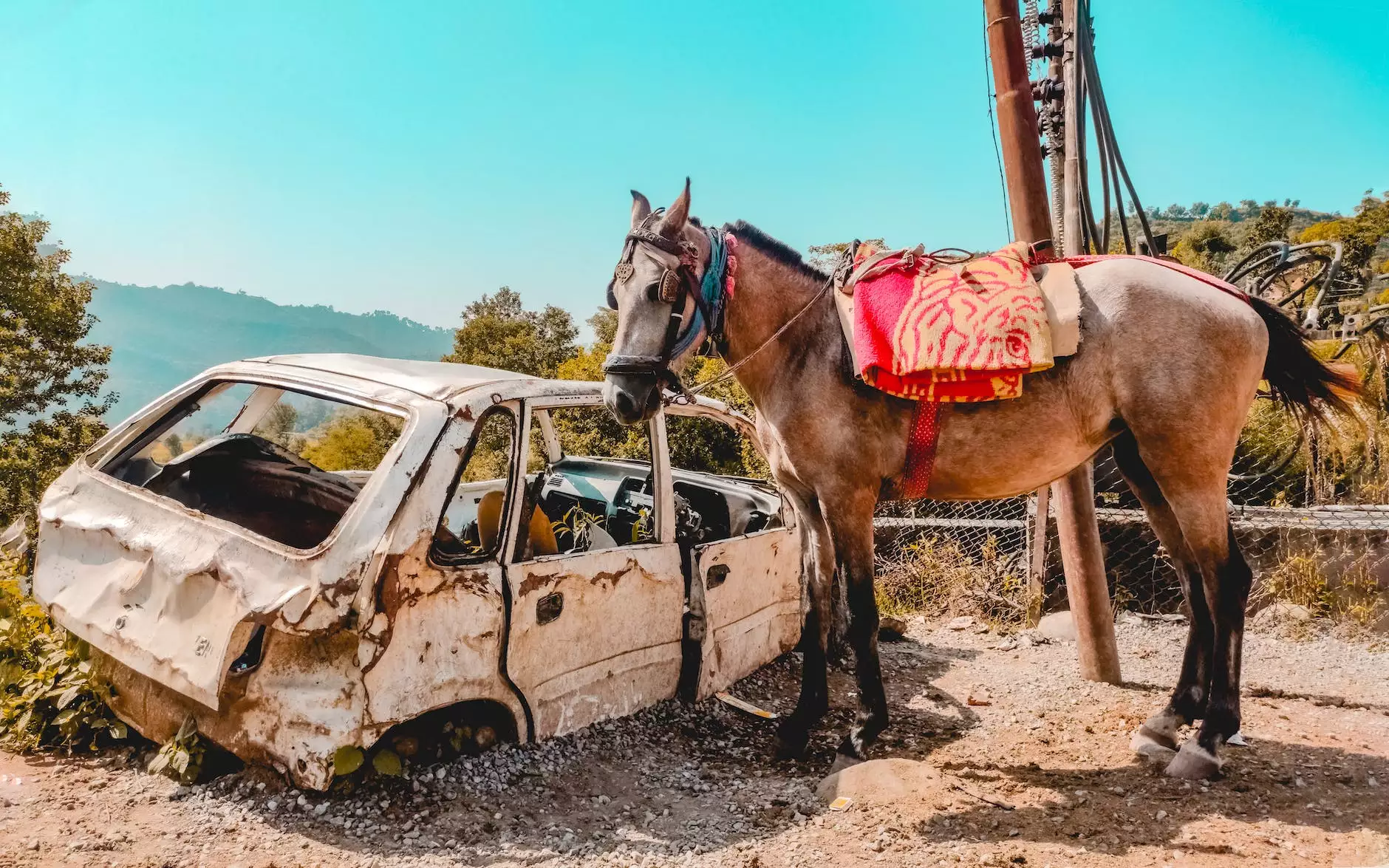
When it comes to documenting the damage on your car, clear and detailed photographs are crucial. Quality photographs not only aid in accurate assessment but also play a significant role in insurance claims and potential resale value. At BK Autosports, we understand the importance of capturing the true extent of car damage through photography. In this comprehensive guide, we will discuss the common mistakes you should avoid when photographing your car's damage.
1. Poor Lighting
The first mistake to avoid is taking photographs in poor lighting conditions. Insufficient lighting can obscure the details of the damage, making it challenging to assess the severity accurately. To ensure optimal lighting, it's best to take photographs during daylight hours or in well-lit areas. Avoid using flash as it can create unwanted reflections and shadows.
2. Lack of Proper Angles
It's crucial to capture the damage from different angles to provide a comprehensive view. Common areas to focus on include the front, back, sides, and any relevant details. Take close-up shots to highlight specific damages, such as dents, scratches, or paint chips. By capturing a variety of angles, you provide a clearer understanding of the overall condition of the car.
3. Insufficient Focus and Clarity
Blurry or unfocused photographs can significantly impact the accuracy of damage assessment. Always ensure your camera lens is clean and focused correctly before clicking. Take multiple shots to increase your chances of capturing clear and sharp images. Pay attention to details, such as small scratches or paint imperfections, to ensure the overall clarity of the photographs.
4. Neglecting Car Details and Identification
When photographing car damage, it's vital to include shots of relevant details and identification elements. These can include the license plate, VIN number, and any specific features that may affect the assessment. Including these images can help verify ownership and provide an accurate record of the vehicle's condition at the time of the incident.
5. Forgetting to Document the Surroundings
While focusing on the car's damage, many people forget to capture images of the surroundings. Including wider shots of the accident location or the immediate surroundings can provide crucial context and support your claims. These photographs can also help identify any contributing factors or potential witnesses who might have seen the incident.
6. Ignoring Time-Stamped Photographs
Time-stamped photographs are vital documentation of the car's damage. Many cameras and smartphones automatically add a timestamp to the image, providing a clear indication of when the photograph was taken. This feature can help establish the timeline of events and avoid any disputes regarding the accuracy of the photographs or the damage's timing.
7. Not Including Backup Documentation
Photographs are an essential part of documenting car damage, but they shouldn't be the only evidence you rely on. Include other relevant documentation, such as police reports, witness statements, or insurance claims, to support your case. This backup documentation adds credibility to your claims and strengthens your position when dealing with insurance companies or potential buyers.
8. Failing to Hire a Professional
If you lack confidence in your photography skills or need expert guidance, consider hiring a professional. A professional automotive photographer has the expertise and equipment required to capture high-quality images accurately. They can assist in documenting the car's condition effectively and provide you with invaluable visuals for your insurance claims or resale purposes.
By avoiding these common mistakes and following the tips mentioned above, you can ensure that your car's damage is adequately captured through photography. Remember, detailed and well-documented photographs not only help you accurately assess the damage but also contribute to a smoother insurance or resale process. At BK Autosports, we are committed to providing the best advice and guidance to help you navigate the complexities of the automotive industry.

